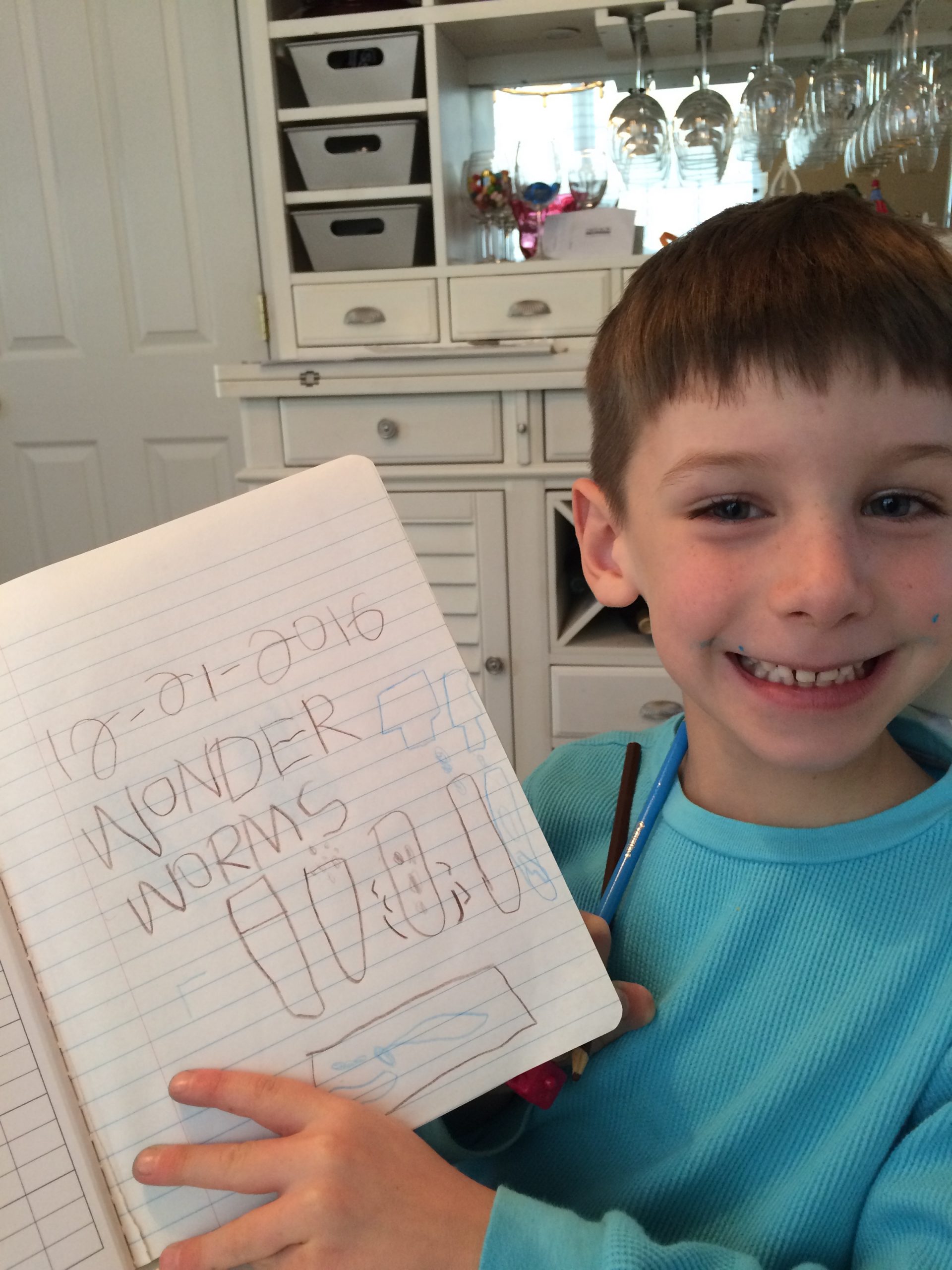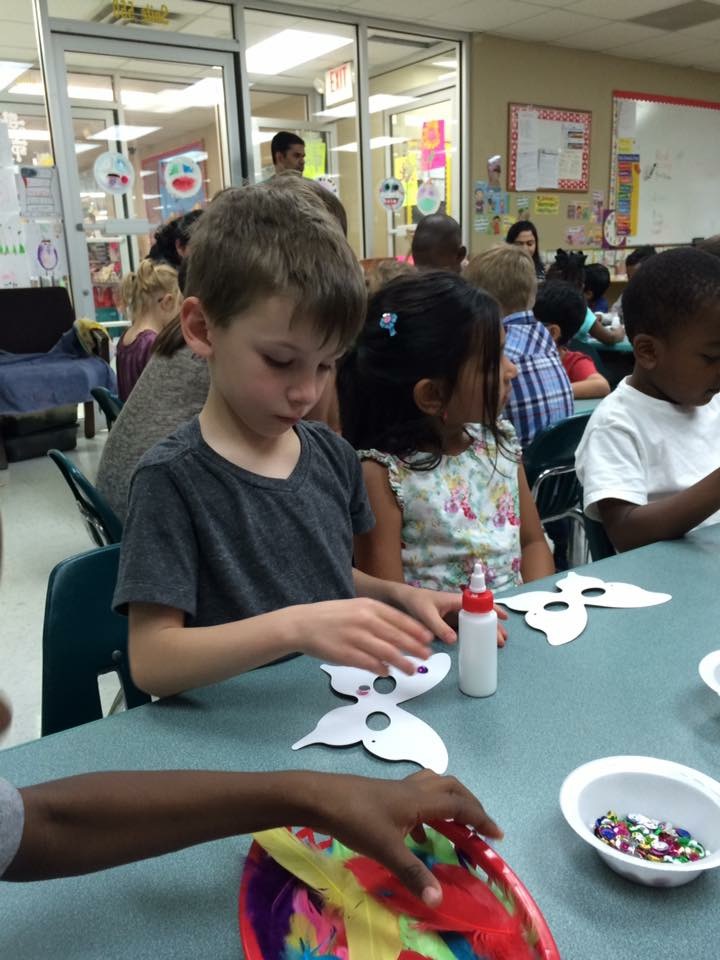Hate speech harms students by affecting them emotionally, socially, and academically. Teachers and administrators must challenge hate speech whenever they see it. It often appears as jokes or subtle insults (microaggressive speech). If left unaddressed or tolerated, it negatively affects students and creates a toxic learning environment. Teachers need to teach all students, especially those who use hate speech, to guide them to understand that such behavior is unacceptable.
Race-based and Microaggressive Speech
Race-based speech can be verbal or nonverbal. It can be spoken, written, or conveyed through body language to another student. It singles out students based on their race. They are usually based on misconceptions or a lack of knowledge about a particular group of students. Race-based speech is intentional to hurt and cause a student to feel inferior.
Microaggressive speech is less direct and is subtly spoken. In the case of Black students, their connection to peers is directly correlated to the climate of the classroom. When subtle comments are made about their appearance, speech, behavior habits, etc., they are less likely to form peer relationships. Thus, they are less likely to participate in classroom discussions.
Race-based and macroaggressive speech is common in schools today. There are several teaching strategies to address the behavior.
- Don’t ignore it when it happens. Immediately speak out against the comments. Let students know it’s not tolerated. They must show respect. Staying silent or ignoring comments suggests it’s okay.
- Stay educated on such topics and learn the history. Share the knowledge with students and other teachers. Teachers can’t teach what they don’t know.
- Teach about the impact of hate crimes.
- Learn the demographics of the community and increase the classroom’s racial literacy. Ignorance is the basis of hate.
- Be aware of the language and images in classroom books. Exclude any language or image that creates or supports racial tension.
- Have conversations early and often about hate speech. Provide history lessons on how words can hurt or cause death. Teach how students can speak up when their peers use hateful language.
- Provide guest speakers to help students learn about diversity.
Help students who feel the threat of hate speech. Howard Stevenson, a clinical psychologist, reports that students feel the most hurt when they see the adult who is supposed to protect them stay silent when hate speech occurs.
Practice Sessions
In general, teachers are trained in disciplinary classroom actions. This usually does not include hateful actions. Most educators ignore or silence the statements. Educating teachers with practice sessions on what to say or do is necessary. Comments occur quickly. When teachers are thrown off guard, they remain silent.
Role-playing various scenarios is important. If it’s not covered in a PD session, it can be practiced with a couple of peers. In most cases, the school code usually covers such instances. The teacher’s voice is the power in the classroom. Let students know the pain and hurt that is caused by hate speech.



